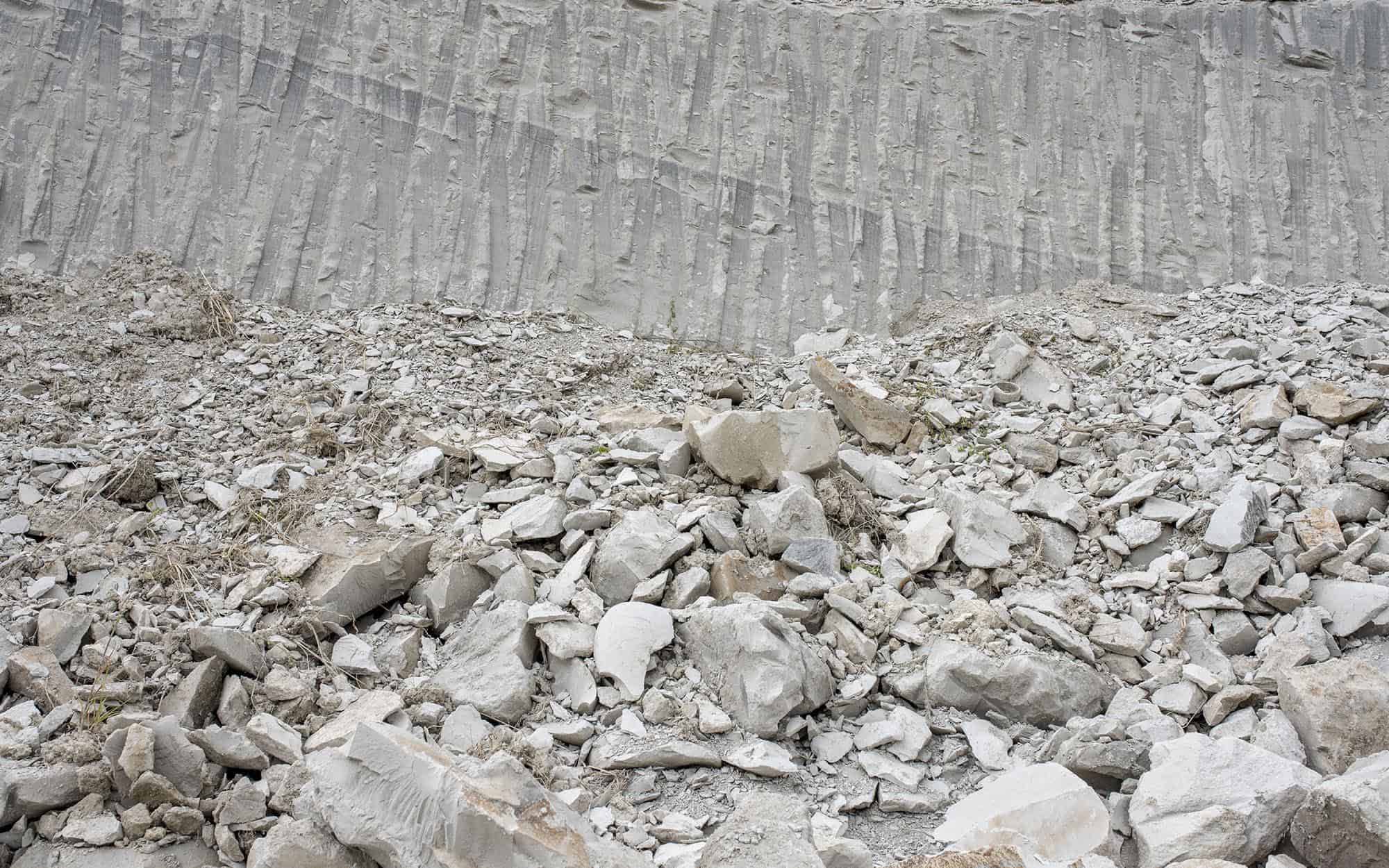Why it matters: Microsoft's ambitious efforts to eliminate its carbon footprint involve lowering emissions and removing carbon from the atmosphere. The emerging carbon capture industry is attempting numerous methods, one of which involves rocks that naturally absorb the substance, but that carbon still has to go somewhere.

Microsoft has struck a deal with Heirloom Carbon, a startup that has developed a process for using limestone to capture carbon to fight climate change. The technique could contribute to Microsoft's ongoing attempt to become carbon-negative.
Limestone naturally absorbs carbon over many years, but Heirloom's method accelerates the process. The company uses a kiln powered by renewable energy to heat crushed limestone to around 1,650 degrees Fahrenheit, which separates it into carbon dioxide and calcium oxide. Adding water to the calcium oxide allows it to absorb sufficient amounts of carbon within days, after which Heirloom re-inserts it into the kiln to restart the cycle.
Although the technology is proven, the maximum scale at which it remains cost-effective is unclear. Another issue facing all carbon capture methods is storing the substance.
Heirloom permanently buries the separated carbon underground, but other groups are trying to recycle it for practical uses. CarbonCure has developed a process to transform carbon dioxide into a mineral for concrete. The group claims that concrete mixed with CO2, which replaces some of the cement, is no weaker than typical building material. Furthermore, the concrete traps the carbon forever, even if a building made with it collapses or is demolished.
Regardless of the limestone method's effectiveness, it will likely need to complement other carbon capture technologies that Microsoft is employing to become carbon-negative by 2030. A few years ago, the company also said that by 2050, it wants to remove all of the carbon it has ever emitted since its 1975 founding.
One of the most well-known removal methods involves massive vacuum-like machines that suck carbon from the open atmosphere. However, the equipment is costly. Microsoft has also partnered with the ocean restoration company Running Tide, which uses algae and limestone to trap CO2 in the ocean. The technique places the materials on buoys hundreds of miles offshore, gradually disintegrating as they collect carbon. Eventually, they sink to the ocean floor, where natural processes prevent the CO2 from re-entering the atmosphere for hundreds or millions of years.
https://www.techspot.com/news/100095-microsoft-plans-capture-carbon-using-crushed-limestone.html